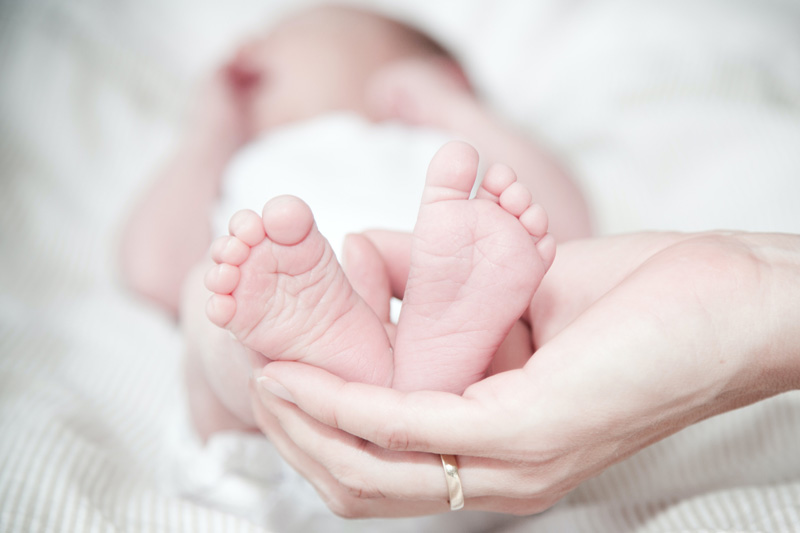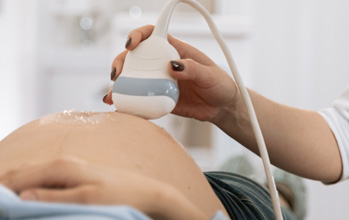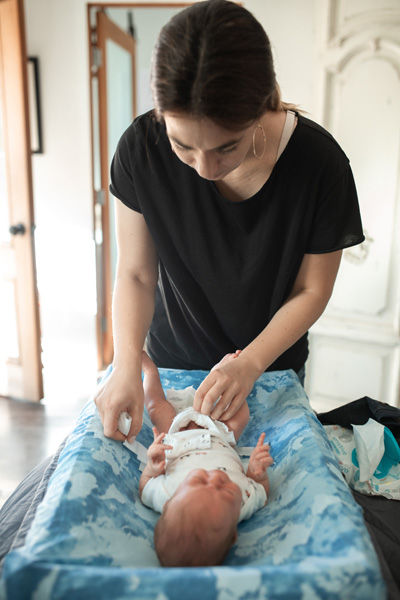
What is the role of a Midwife, especially here on St Barts without birthing facilities?
A Midwife is a defined as ‘a qualified medical practitioner who attends the needs of women during pregnancy, childbirth and the post-natal period, including the care of new-borns. This is in addition to monitoring and assisting the sexual and reproductive health of women throughout their lives.’
On St Barts there are two Midwives who work in conjunction with the hospital and the gynaecologist as well as independently. As there is no maternity unit on the island, most women go to St Martin or France to give birth. All these ‘Mothers-to-be’ will have had prior anti-natal monitoring by the island Midwife, in addition to instruction on parenting and preparation for childbirth. On returning to St Barts, the Midwife provides follow-up homecare for both the mother and baby, which notably includes support for breast or bottle feeding and checking any stitched incisions – either after a caesarean or if the perineum was torn during the birth. Care of the perineum is very important at this stage, to avoid infection and to strengthen the rectal and pelvic muscles. The Midwife likewise checks the baby for jaundice, adequate feeding and weight gain.
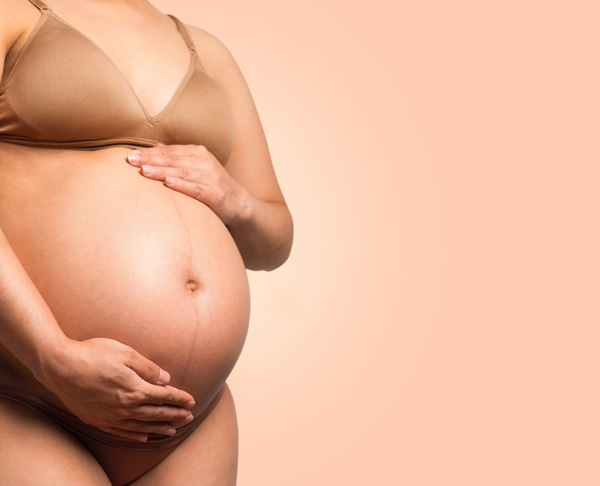
Aside from pregnancy care, the St Barts Midwives accompany women from adolescence to menopause then throughout their elderly years. The Midwives provide preventative care such as annual screening and cervical smears; they also advise on contraception and can insert an IUD or an implant. In the event of pathological issues they will recommend follow-up care with a gynaecologist. The St Barts Midwives offer women this regular care – except those with medical or obstetric complications.
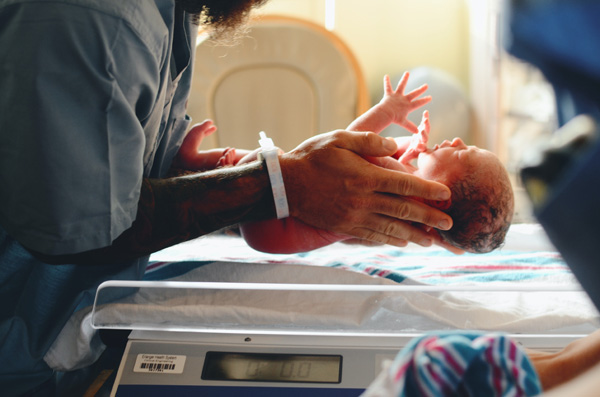
How do you become a Midwife?
To qualify as a Midwife in the French system, it is necessary to have a Baccalaureate diploma to be accepted by a medical school – which is normally affiliated to a university. The first year consists of medical studies, which conclude with an exam. This initial training is the same for all health care disciplines such as a general practitioner, pharmacist, dentist or physiotherapist. If successful, the candidate progresses to the next stage of study; in this case, at a Midwifery school, either independent or within a university. This involves five years of theoretical and practical training before being fully qualified as a Midwife. Thereafter, it is possible to study for additional diplomas in subjects such as gynaecology, ultrasound and neonatal intensive care. Given this thorough training, Midwives clearly have the competence and aptitude to serve the needs of their patients.
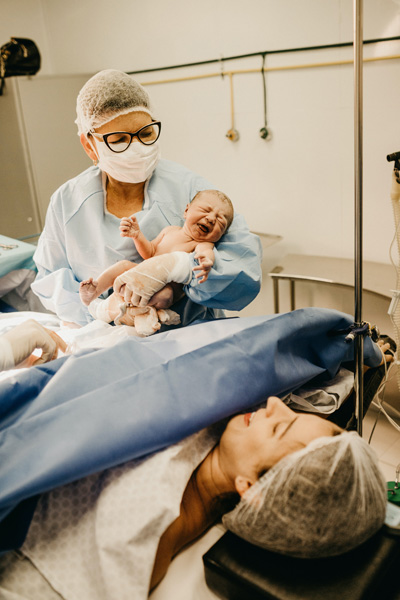
Can you describe a typical day for a Midwife here on St Barts?
The joy of the Midwifery profession is that there is no typical day. Here on St Barts, a Midwife divides her day between home visits (especially for young mothers and babies) and patient consultations at her Midwifery practice. Over the course of one day, the Midwife could insert an IUD, advise and assist with breastfeeding, carry out post-natal care or instruct a class for the preparation of childbirth and parenting. Each day is as varied as the women we treat.
Is there an important message that the St Barts Midwives would like to share with the Coccoloba readers?
For all those female readers, please know that the St Barts Midwives will readily accompany and advise you on all female health matters.
